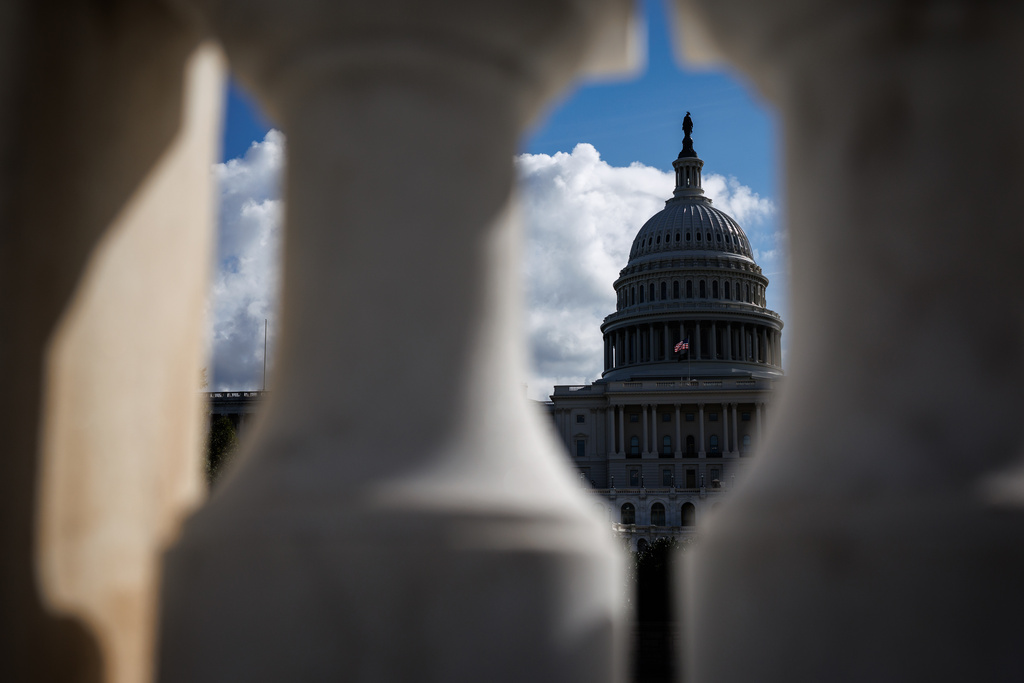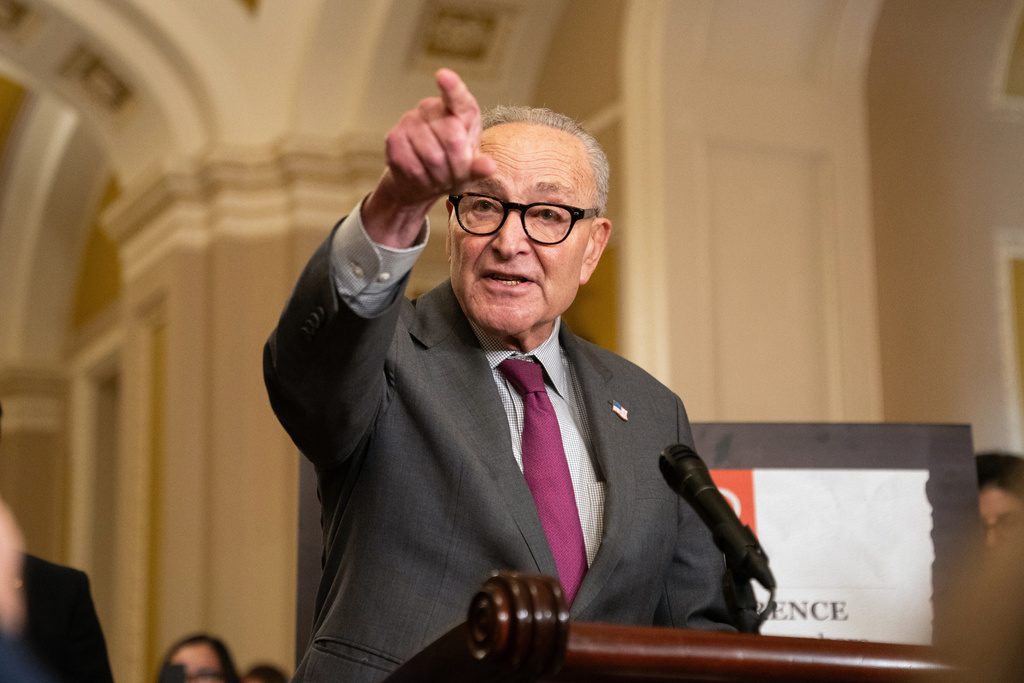The legal rules for the D.C. Guard give the President powers no governor has.
National Guard troops will soon be patrolling the streets of Washington, D.C., under an order from President Trump aimed at curbing crime.
About 800 members of the D.C. National Guard are at the President’s disposal, which he says is necessary “to rescue our nation’s capital from crime, bloodshed, bedlam and squalor and worse.”
It’s a move made possible by the city’s unusual legal status, which gives the President more control over its National Guard than anywhere else in the country. These are the facts:
Federalizing the Guard
This isn’t the first time President Trump has deployed the National Guard this summer. A couple of months back, he activated the California Guard to help maintain order when anti-deportation protests erupted across Los Angeles.
That deployment was under a legal authority called Title 10, also known as “Federalizing the Guard.” Under Title 10, National Guard troops report directly to U.S. military authorities, not to their state officials.
Federalizing the Guard is typically reserved for overseas combat missions or for rare domestic emergencies where the U.S. government needs to intervene for national defense.
Under Title 10, the National Guard is treated as part of the U.S. military chain of command. That makes them subject to laws like the Posse Comitatus Act, which generally prohibits federal troops from carrying out civilian law enforcement inside the United States.
D.C. Is Not L.A.
The D.C. National Guard is being deployed under a different legal authority, Title 32.
In some ways, this is common: most of the times you see the National Guard in your community – after a hurricane, during wildfire evacuations, or providing security at large public events – they are operating under Title 32.
While the federal government can order a Title 32 deployment, the Guards report to their state or territory’s governor. They are not subject to Posse Comitatus so they can assist with law enforcement.
But Washington, D.C. is neither a state nor a territory.
That means the D.C. National Guard – under both Title 10 and Title 32 deployments – fall under the federal government’s command.
But even though they are under federal control, the D.C. National Guard is not bound by Posse Comitatus during Title 32 deployments. That gives President Trump broad leeway in deciding how, when, and where those troops are used inside the city.
Local Objections
Washington, D.C. Mayor Muriel Bowser was not happy with President Trump’s move, calling it “unsettling.”
She joins the ranks of California’s Governor Gavin Newsom, who also opposed the National Guard mobilization in Los Angeles.
Deploying the Guard over local objections is rare, but not unprecedented. In fact, there have been at least eight such cases since World War II:

In all but two of those cases, the National Guard was deployed under Title 10 and had to comply with Posse Comitatus restrictions. The two deployments in D.C. have been under Title 32, allowing the Guard to carry out law enforcement at the President’s command.
The coming weeks will show how that power is exercised, and what it means for Washington, D.C. going forward.
Related
Peyton Lofton
Peyton Lofton is Senior Policy Analyst at No Labels and has spent his career writing for the common sense majority. His work has appeared in the Washington Examiner, RealClearPolicy, and the South Florida Sun Sentinel. Peyton holds a degree in political science from Tulane University.





You must be logged in to post a comment.